Amphiphilic Block Copolymers —— Self-Assembly and Applications
----- 两亲性嵌段共聚物:自组装及其应用
Theory of block copolymer self-assembly: Modelling of the self-assembly of block copolymers in selective solvent, (P. Linse) On the origin of the solution behavior of ethyleneoxide containing polymers, (G. Karlstr m). Self-assembly in simple and complex systems: Block copolymers of ethylene oxide and 1,2-butylene oxide, (C. Booth et al.) Self-assembly of block polyelectrolytes, (L. Zhang et al.) Formation of amphiphilic block copolymer micelles in nonaqueous solution, (T. Liu et al.) Structures of amphiphilic block copolymers in their liquid and solid states, (A.J. Ryan et al.) Structural polymorphism of amphiphilic block copolymers in mixtures with water and oil - comparison with solvent-free block copolymers and surfactant systems, (P. Alexandridis et al.) Techniques for the study of self-assembly structure and dynamics: Small-angle scattering studies of block copolymer micelles, micellar mesophases and networks, (K. Mortensen) Fluorescence studies of amphiphilic block copolymers in solution, (R. Zana) Direct-imaging cryo-transmission electron microscopy in the study of colloids and polymer solutions, (M. Goldraich, Y. Talmon) Rheology of transient networks formed by the association of hydrophobically modified water soluble polymers, (T. Annable et al.). Applications of amphiphilic copolymers: Applications of block copolymers, (K. Holmberg) Block copolymers in pharmaceutics, (M. Malmsten) Micelles of amphiphilic block copolymers as vehicles for drug delivery, (A.V. Kabanov, V.Yu. Alakhov) Applications of amphiphilic copolymers in separations, (M. Svensson et al.) Polymeric surfactants as emulsion stabilizers, (R. Pons).
{{comment.content}}
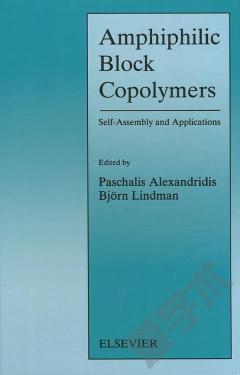
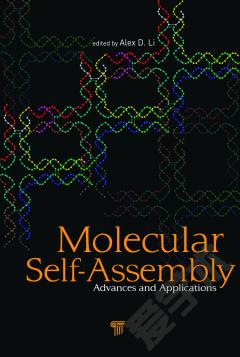

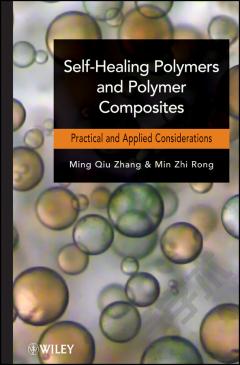
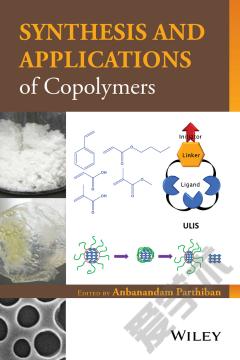
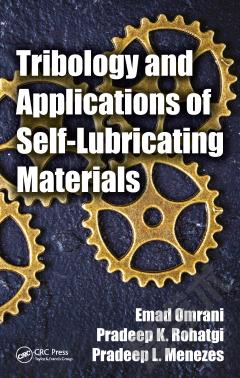
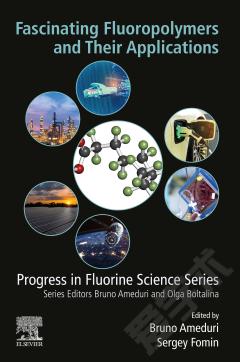

 京公网安备 11010802027623号
京公网安备 11010802027623号